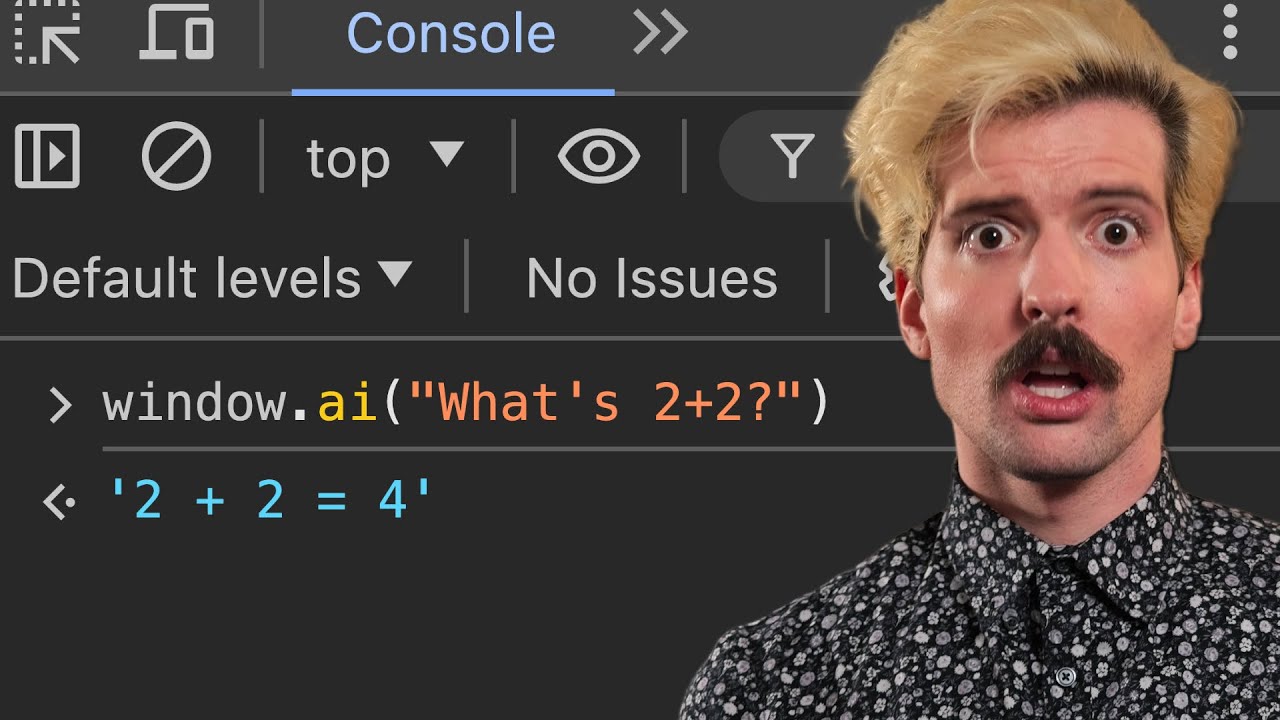The video discusses the introduction of window.ai in Chrome, which embeds a Gemini Nano AI model directly into the browser for natural language interactions without relying on external services like chat GPT. The speaker showcases the ease of enabling and using this feature in Chrome Canary, highlighting the potential for offline AI functionality and the challenges of integrating large AI models within web applications.
In a video, the speaker excitedly discusses the introduction of window.ai in Chrome, which brings a Gemini Nano AI model directly into the browser. This feature allows users to send natural language instructions to a built-in AI model for various tasks without the need for expensive external AI services like chat GPT. The speaker goes through the process of enabling this feature in Chrome Canary, showcasing the potential for AI functionality in browsers.
The speaker highlights the significance of having AI models directly in the browser, emphasizing the potential for offline use and reduced reliance on external services. They demonstrate how simple it is to interact with the built-in AI model by creating a basic AI app in the browser without the need for external infrastructure. Despite encountering some issues with prompt responses, they are impressed by the ease of integrating AI functionality into web applications.
The speaker explores the challenges of sharing AI models across websites due to browser restrictions on cross-site resource sharing. They discuss the implications of embedding large AI models in web pages and the limitations of current web standards in handling such models efficiently. The introduction of Gemini Nano aims to address these challenges by enabling efficient local execution of AI tasks within the browser.
While the speaker acknowledges the current limitations and lack of official documentation for window.ai, they are optimistic about the future potential of AI integration in browsers. They find the ability to experiment with AI functionality directly in the browser exciting, envisioning a future where such features are standard across all browsers. Despite some humorous interactions with the AI model during testing, the speaker remains enthusiastic about the possibilities of leveraging built-in AI models for various web applications.
In conclusion, the speaker expresses excitement and optimism about the implications of window.ai and the potential it holds for democratizing AI functionality on the web. They highlight the simplicity of integrating AI capabilities into web applications and emphasize the convenience of having AI models readily available in the browser. Despite the current challenges and limitations, the speaker sees this development as a significant step towards making AI more accessible and versatile in the online space.
